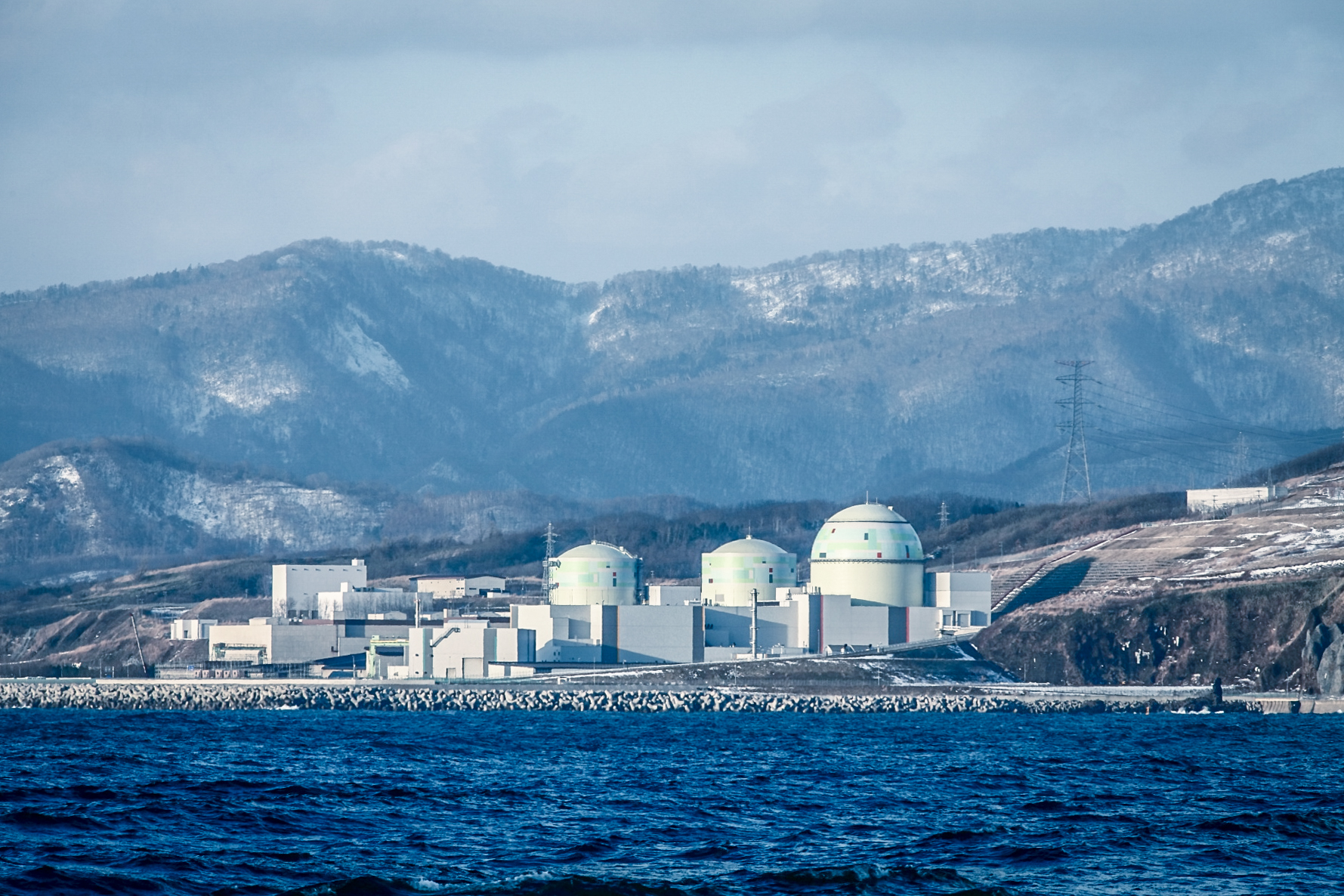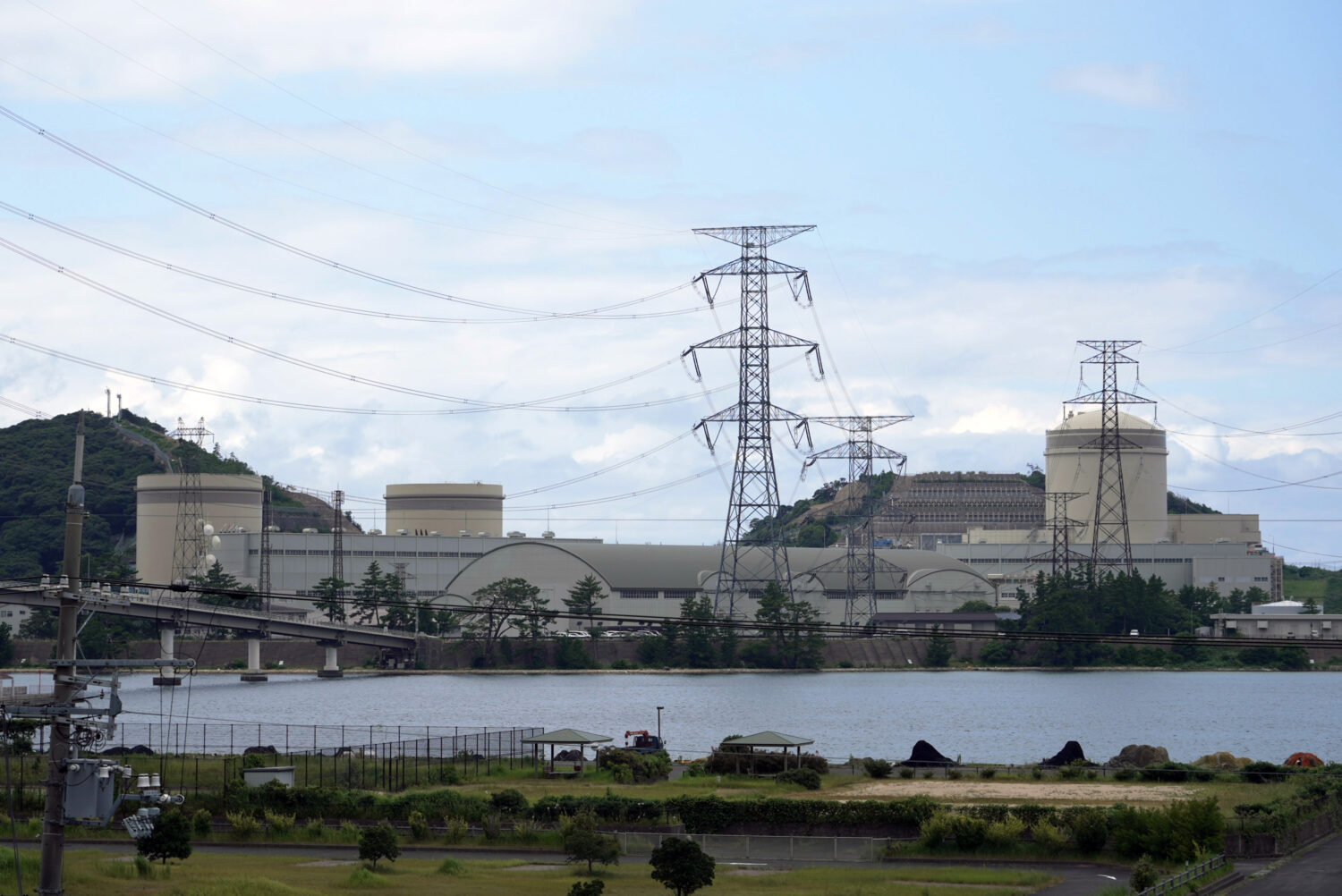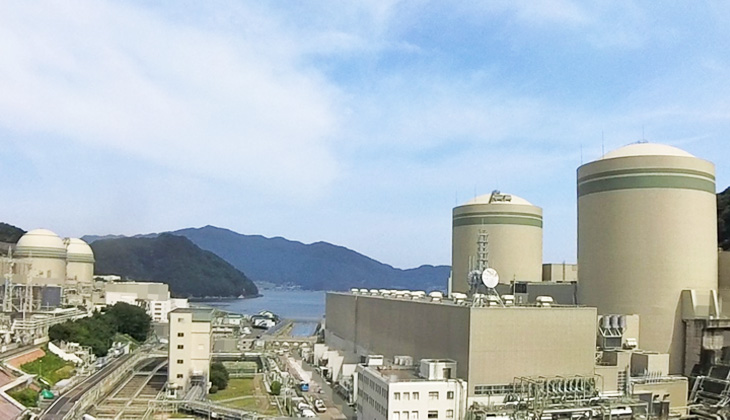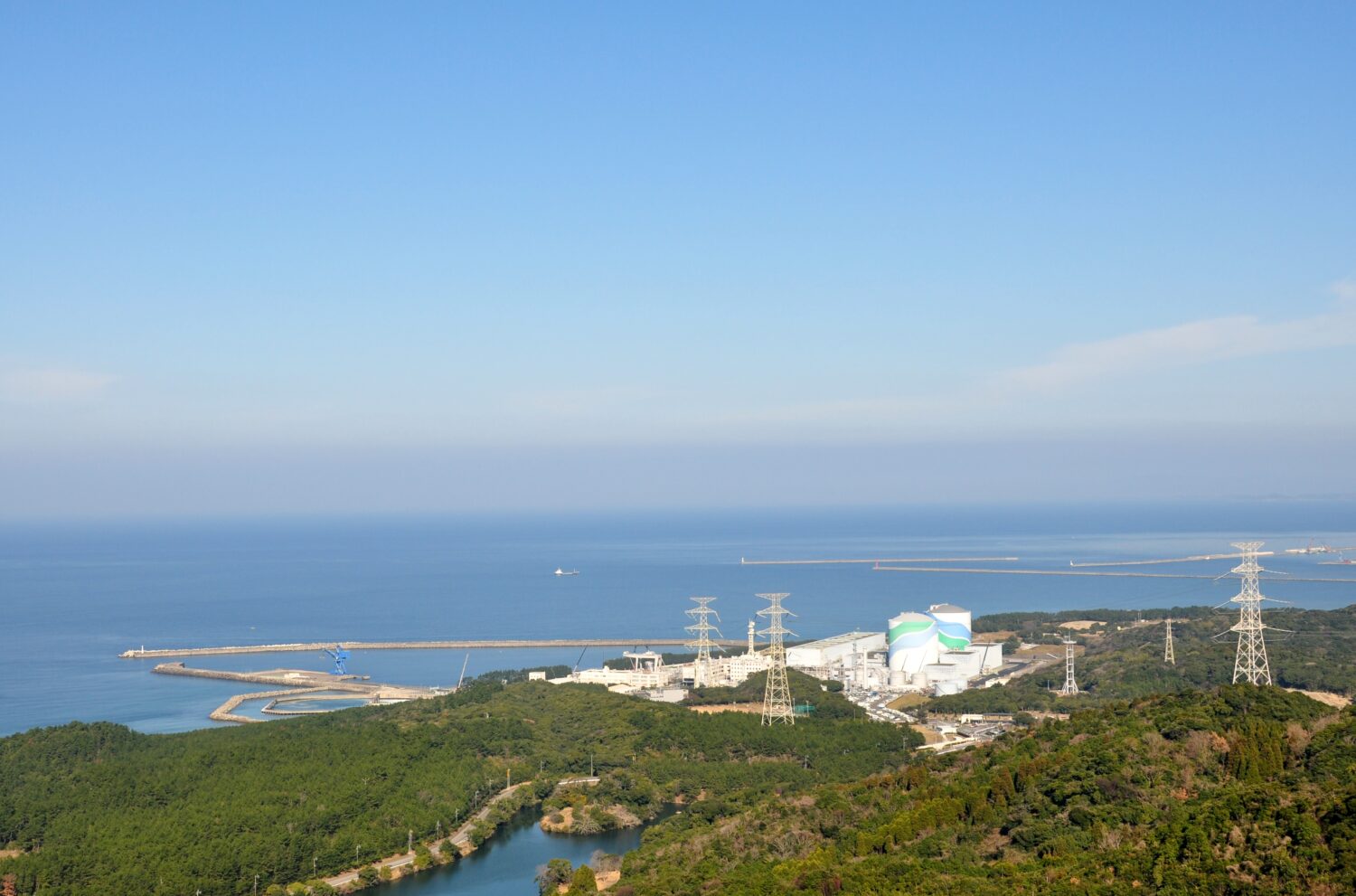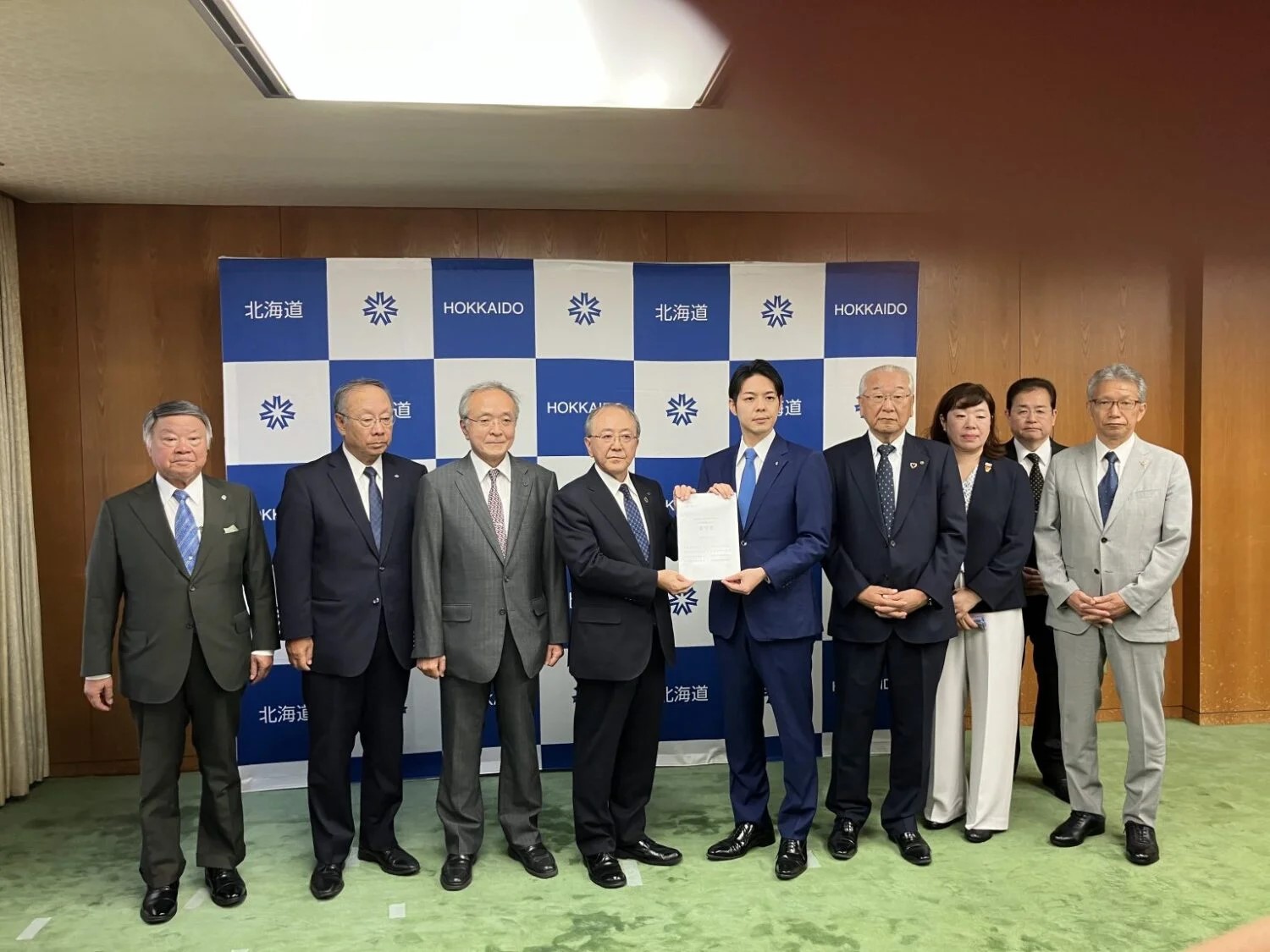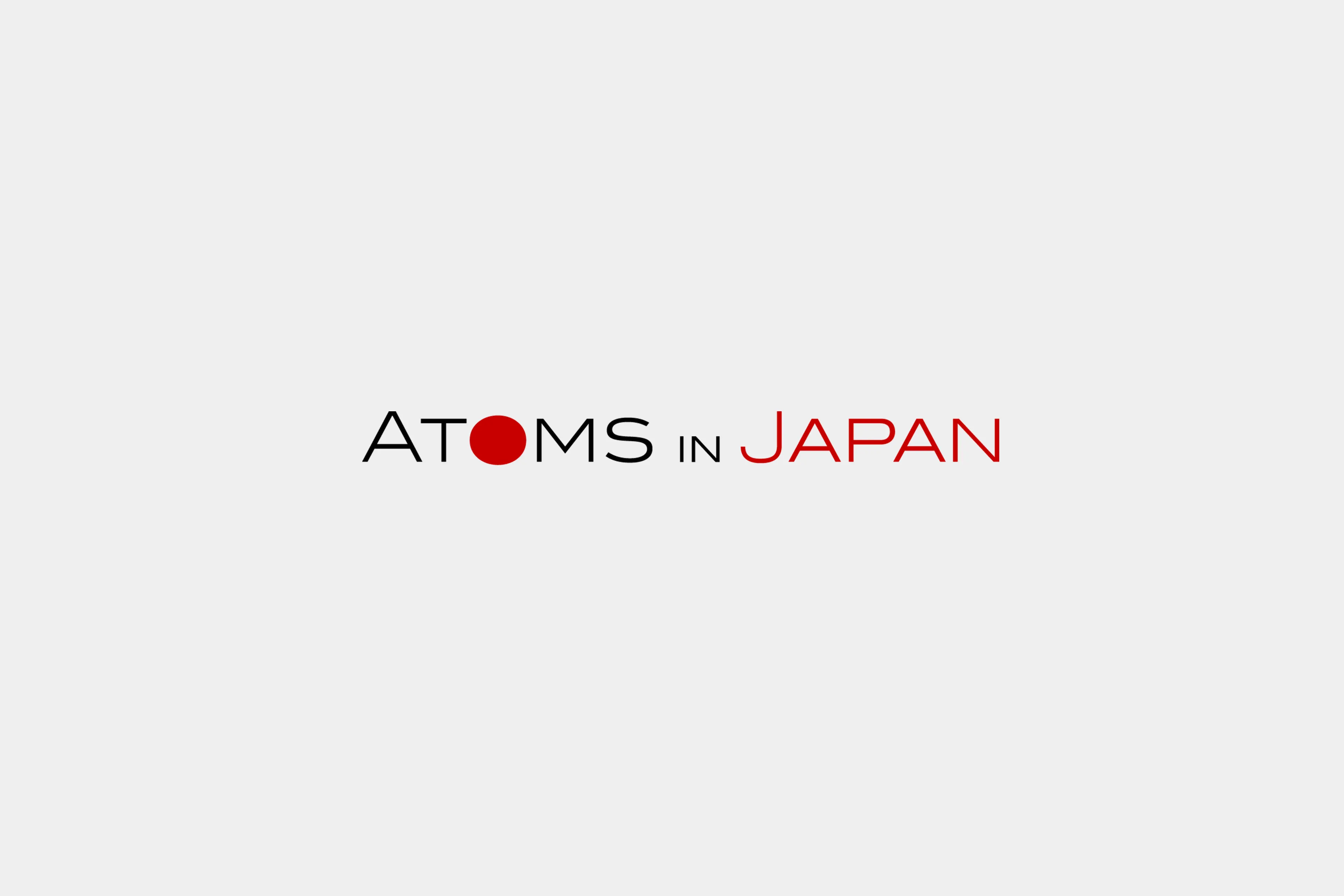The “reactor area” refers to the section that includes the RPV, internal structures, and the surrounding biological shield.
The spent fuel from Unit 1 has already been removed. Going forward, the power company will begin dismantling the pressure vessel and containment vessel using large cutting devices such as band saws. According to Chubu Electric Power, any waste generated during the process will be safely stored within the building until a disposal destination is determined.
In March of this year, dismantling work had already begun on Unit 2 (BWR, 840 MWe). Thus, Hamaoka-1 becomes Japan’s second commercial nuclear power plant to enter the reactor dismantling phase.
Units 1 and 2 were shut down in January 2009 and received approval for their decommissioning plans in November of the same year. After several revisions to the plan, the company has now begun dismantling the reactor area. The decommissioning process is divided into four stages, and the current work corresponds to the third stage. Under the plan, dismantling of the reactor area is scheduled to be completed by fiscal 2035, with all decommissioning work to be finalized by fiscal 2042.
Meanwhile, the Nuclear Reprocessing and Decommissioning facilitation Organization of Japan (NuRO) launched a pilot project on October 3 to establish dismantling methods for reactor bodies. In response, Chubu Electric Power announced that it would provide Hamaoka Units 1&2 as demonstration plants and participate in the project.
This project is a collaboration among NuRO, Japan’s ten electric power utilities, the Federation of Electric Power Companies of Japan, and the Atomic Energy Association (ATENA). It aims to establish safe, efficient, and practical methods for dismantling reactor bodies. Through these demonstration activities, NuRO plans to identify and address technical challenges related to reactor dismantling and apply the lessons learned to future decommissioning projects at other plants.
On its official website, Chubu Electric Power expressed its commitment as follows:
“By taking the lead in this project and continuing to serve as a frontrunner in reactor dismantling, we believe we can make a meaningful contribution to Japan’s decommissioning efforts.”


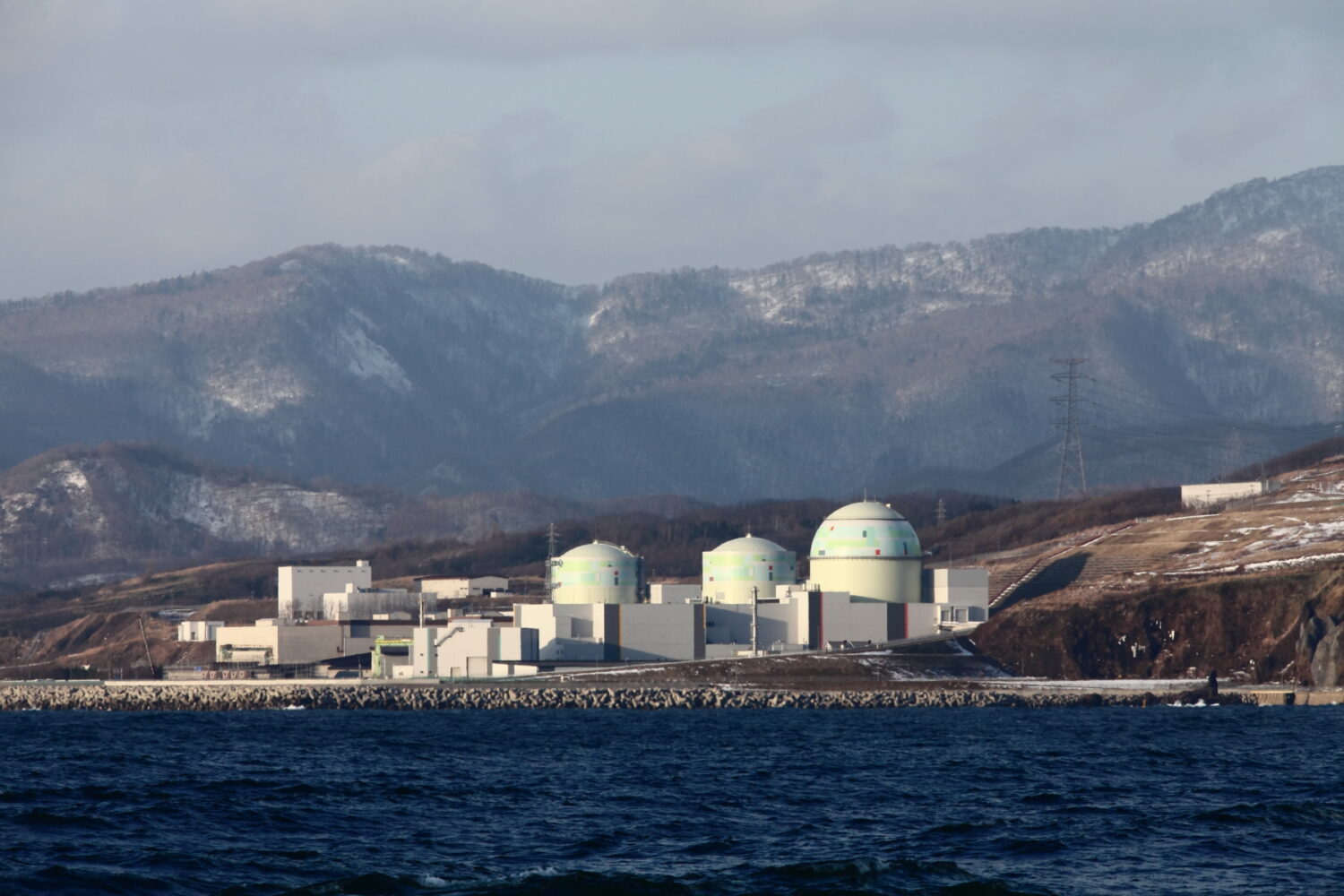
-049.jpg)
.jpg)

